Grapes: diseases and pests, their symptoms and control
Among horticultural crops, namely grape refers to plants that are often subject to various diseases. Their number has already exceeded several dozen. To fight plant diseases, you need to know the symptoms of pathology, the causes of its occurrence. Among the drugs that help improve the immunity of grapes, eliminate the signs of the disease, both chemical products and traditional medicine. Many diseases are spread by insect pests, therefore it is necessary to destroy this path of infection with pathogenic microorganisms.
The main reasons, as a result of which the vine begins to ache, are the condition of the soil, the creation of a favorable environment for the development of pathogenic microbes, fungi, a sharp change in weather conditions. Often, non-compliance with the requirements of agricultural technology causes a pathological deviation from normal development in a berry plant. Infection and pests of berry crops are also transmitted. Not all plant diseases can be cured, sometimes it is necessary to destroy the entire grape plantation, to lose the entire crop.
Content:
- The most common grape diseases and their symptoms
- The best drugs for plant diseases
- Traditional methods of combating diseases
- Pests of grapes, their effect on the plant
- Chemical method of pest control
- The best folk methods against pests
- Prevention measures
The most common grape diseases and their symptoms
Even an experienced gardener should be aware of the signs of the most common grape diseases in order to take appropriate therapy measures:
- Mildew, or downy mildew, is encountered by many. The pathogenic fungus, the plasmopara of vitikol, affects the vineyards, the activity of which manifests itself in May-July, when there is a lot of moisture in the air, soil, and the air temperature is above normal. You can recognize the disease by yellowish greasy spots on the leaves at the bottom of the plate. While developing, the white bloom increases in size, acquiring a brown color. The vine affected by the mildew begins to dry out, the berry wrinkles, falls off. In one year, you can lose the entire plantation if you do not take measures to combat mildew. Some hybrid varieties of berries are resistant to the disease.
- Uncinula fungus promotes plant development powdery mildew, or oidium. Hot dry weather, which lasts in July-August, contributes to the active growth of spores. Grape leaves are covered with a white bloom, which darkens over time. And the vine begins to dry, throwing off the burst grapes. The fungus actively develops throughout the growing season, disrupting the nutritional processes inside the plant organism.
- Rod-shaped bacteria infect grape plantings during the period of low temperatures - in autumn or spring. All terrestrial parts of the vine are affected by bacterial cancer. The disease can be determined by the presence of blisters on the bark, leading to the destruction of the vine. At the same time, the death of grapes is inevitable.It is necessary to completely uproot the affected bushes, destroying them.
- The gray mold fungus multiplies at the beginning of the growing season, when it is still humid and cool. The pathogenic microorganism has a detrimental effect on the entire green mass, the berries of the plant. The development of the disease leads to darkening and wrinkling of the berries, their falling off. Gray rot contributes to the complete destruction of the fruit.
- If at the end of summer the berries and stems are covered with a white bloom, then the grapes are affected by a white rot fungus. As a result of rotting, fruits and shoots die. Most often, this disease manifests itself on plants damaged mechanically by hail.
- A sign anthracnose there will be spotting of leaves, berries. The peculiarity of spots, framed with a brown or purple border, is in their pink-gray colors. The disease progresses quickly, then the foliage completely falls off, and cracks appear on the bark. It is interesting that the anthracnose fungus can remain dormant for a long time, waiting for a favorable time of heat and high air humidity for it.
- Spotted leaf necrosis is associated with the period of winter and spring frosts. Increasing brown spots on the leaves, vines lead to foliage falling off. Necrosis is detected at the moment when the shelter is removed from the grapes.
Gardeners know that many pathogenic bacteria and fungi begin to activate as a result of the onset of favorable conditions for their development. And you need to fight diseases as soon as the symptoms of pathology are found.
The best drugs for plant diseases
The complex of means for combating grape diseases includes those that are used for both medicinal and prophylactic purposes:
- Among them are bordeaux liquid as an excellent medicine in the treatment of gray rot, anthracnose, mildew, powdery mildew. A three percent liquid solution is used at the beginning of spring, and at the time of swelling of the kidneys - one percent. The concentration of the active substance should not exceed the norm, as it will have a depressing effect on the development of grapes.
- A complex of diseases heals copper sulfate. They are treated with an antifungal drug before the leaves bloom, and then only in the fall, when the vine drops the foliage. The concentration of the solution is made three percent for young shoots of the berry, five percent for old bushes. Prepare a spray liquid in an enamel or glass container just before processing the vine. They take warm water for the solution. Before preparing the drug, you must protect your hands with rubber gloves.
- inkstone also helps fight fungus when diluted in a 4% solution. The action of the active substance lasts two weeks, therefore, the treatment measures must be repeated regularly. The best time to apply ferrous sulfate is autumn.
- Effective against powdery mildew Topaz... The drug protects the plant for a long time, is able to penetrate deep into the body of grapes. It is recommended for the treatment of vines to dilute two milliliters of the product in a bucket of water. Already three days after treatment with the agent, pathogenic fungi on the grapes are destroyed without further development.
- Colloidal sulfur actively protects berry crops from fungal infections. Spray the leaves with a solution of the drug on both sides. It is important to follow the rules for using the product. A colloidal concentrate is prepared by dissolving in ten liters of water from thirty to fifty grams of the substance. During the season, you can process the planting of grapes no more than six times. Colloidal sulfur is used in combination with other fungicides, except for ferrous sulfate
- The active substance Fundazol suppresses the spores of the fungus for reproduction, and has a detrimental effect on grape pests. The drug is effective for anthracnose, powdery mildew, gray mold.One gram of white matter is diluted in a small amount of water, mixed thoroughly and liquid is added to a liter. Spraying is carried out during the growing season twice - before flowering and after harvesting. One and a half liters of Fundazol will be enough for ten square meters of grape plantings.
Processing fungicidal agents spend in calm weather. It is advisable that the air temperature during spraying does not rise above thirty degrees Celsius.
Traditional methods of combating diseases
Unlike chemicals, folk remedies will make it possible to consume berries a day after spraying with biological solutions. But at the same time, such drugs are used every two weeks to save the vine from diseases.
Best remedies:
- Infusion of onion peels is sprayed on grape bushes to save them from harmful fungi. Prepare a solution by adding two handfuls of onion husks to five liters of water, then boil, add another five liters of water and filter. Processing is carried out before and after the flowering of the shrub.
- An effective remedy is a solution comfrey or celandine. After filling the bucket with chopped stems, plant leaves, pour water and boil for twenty minutes. Strain the agent before use.
- Mildew is cured with garlic broth, which is then diluted in a bucket of water.
- Infusion of hay or its dust will save from powdery mildew. Apply a full bucket of dry grass, fill it with water and leave for seven to ten days. The result of processing will improve the addition of whey in the amount of half a liter.
Folk remedies will help only at the initial stage of the development of diseases, deep lesions are only possible with fungicidal preparations.
Pests of grapes, their effect on the plant
The berry culture is characterized by damage by pests that attack all garden plants, but there are also parasites that can only be seen on grapes:
- It is difficult to notice the grape spider mite on the leaves of the plant, its color merges with them. But thin cobwebs on grape bushes give away the pest. The insect larvae actively eat the green parts of the vine - the leaves become covered with light spots, dry up, fly around. The shoots do not have time to ripen, so the harvest of berries is small, and the fruits are very sour.
- An adult specimen of a spider-like pest - a felt mite, or itching, reaches less than a millimeter in length. He spends the winter under the bark of old branches, and in the spring, waking up, begins to feed on tender young leaves. Soon, all leaf plates become tuberous, with a light pinkish downy.
- The microscopic size of the grape leaf mite can damage the vine during wintering. As a result, the shoots do not develop, and the leaves are deformed.
- The scabbard is so called because its body is covered with a tough and sticky shell that protects the insect from danger. The fecundity of the female parasite is known - for one clutch, up to one and a half hundred voracious larvae are obtained, sucking juices from parts of the plant.
- Lemon-colored aphids - phylloxera parasitizes only on grapes. The insect itself is not as dangerous as its larvae. They can be found inside blisters, galls, on leaves, cuttings, and stems. Proboscis pests feed on plant juices, destroying leaf tissue cells. The underground part of the grapes can also be affected by the Gauls. The viability of aphids increases in fertile soils, stony soils. But she does not live in the sand.
- Among insects, wasps do great harm to grape plantations, which pierce the skin of the fruit, drinking sweet juice. And damaged berries become an excellent environment for the development of bacteria.
- The danger to the vines in winter is posed by mice eating the kidneys. To distract the pest from the berry plantation, you can cover the grapes later, when the air temperature drops to two degrees Celsius.
Each type of pest has its own ways of fighting.
Chemical method of pest control
All insecticides are used in calm cloudy weather without rain. It is advisable for gardeners to use personal protective equipment when spraying with insecticides.
Unconventional methods for the destruction of parasitic insects
The best drugs:
- To contact insecticides and acaricides include the drug Karbofos. It acts against many pests, but for a short time, as it quickly collapses under the influence of the sun and water. Berry plantings are processed twenty days before harvest, abundantly wetting the leaves and stems with a solution.
- The drug of the organophosphorus type Aktellik is readily soluble in water and belongs to a broad spectrum of action. It works briefly but effectively without harming the plant. The effect of the drug is enhanced if the air temperature rises to 20-25 degrees Celsius. For spraying grapes, take two milliliters of the product and dilute in seven hundred milliliters of water.
- Lepidocide is classified as a drug that effectively eliminates pests. It is created on the basis of beneficial bacteria that live in the soil. When an insect-parasite enters the body, the substance causes paralysis of the gastrointestinal tract, therefore the pest cannot move, feed, dying a week after treatment. The effect of the drug does not affect the taste of grapes, the condition of the soil.
- Decis is active in relation to aphids, scale insects. The protective effect of the insecticidal agent lasts two weeks, but it is recommended to process it no more than twice a season. The poisonous substance is completely safe for the soil, moderately dangerous for humans and animals. One gram of the product per ten liters of water is enough to process five grape bushes.
The best folk methods against pests
From folk remedies, infusions and decoctions are used in pest control:
- Three hundred grams of laundry soap or ash diluted in warm water, the leaves affected by aphids are washed with this solution. An effective method is the treatment of bushes with potato tops, celandine, and onion husks infused in water. Funds are being prepared within five to seven days.
- For scale insects, a solution of diesel fuel is used in a ratio of 1:20, to which one hundred grams of laundry soap is added. During spraying, insects are removed with a brush.
- Tobacco broth copes well with pests. One kilogram of tobacco dust is bred in half a bucket of water, insisting for a day. After that, the agent is boiled for an hour, defended, filtered. Take half a liter of broth in a bucket of water, adding one hundred grams of laundry soap.
Folk remedies will help to destroy parasitic insects without affecting the quality of the berries, the development of the plant.
Prevention measures
If the requirements for agricultural technology grapes observed in full, then the vine will be healthy, will give a high-quality harvest:
- The prevention of diseases and pests begins with the choice of excellent planting material. The vine is planted in a bright place, well ventilated, since good air exchange will not allow pathologies to develop.
- Preventive measures include timely pruning grape bush, garter vines with the installation of trellises. For the soil, loosening, digging of row spacings to a shallow depth is necessary.
A timely detected disease will allow you to quickly cope with it with traditional drugs or folk remedies. Many of them are time-tested and are used in the fight against diseases and pests of grape crops everywhere. For preventive purposes, you can treat the bushes with Topaz four times per season. After tying up the bushes, the soil is sprayed with iron vitriol. Treatment with Nitrafen will not only scare off harmful insects, but also mice.
Only care, attention to berry culture contributes to the harvest of tasty, healthy fruits.And grape plantations will delight you with healthy bushes without pathologies, damage.
More information can be found in the video:



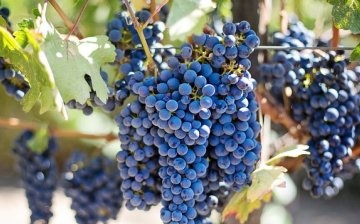
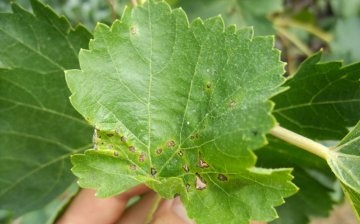
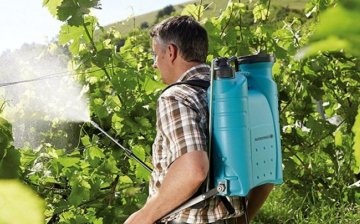
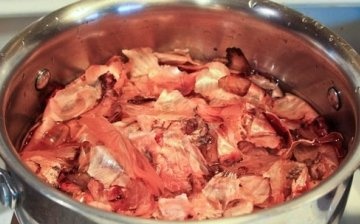

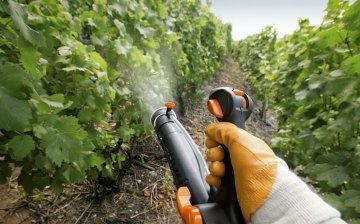
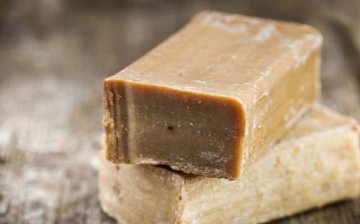
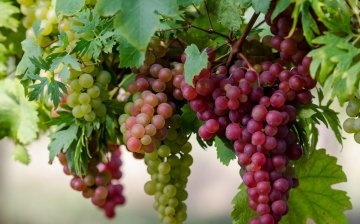










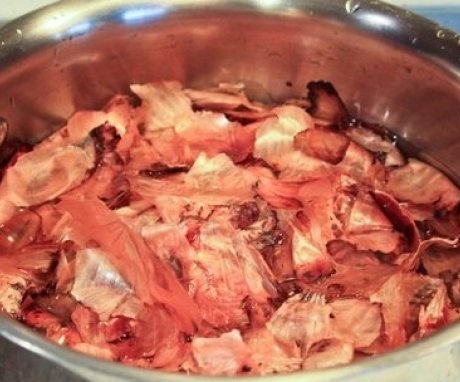
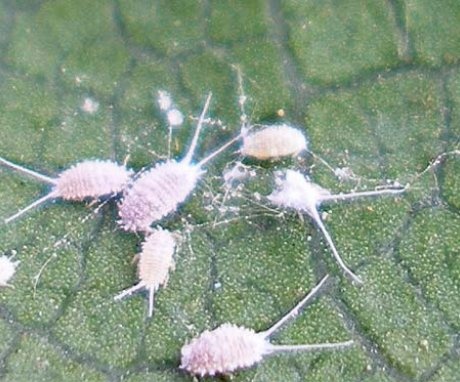
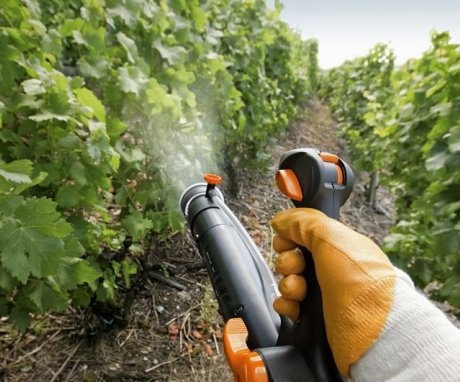
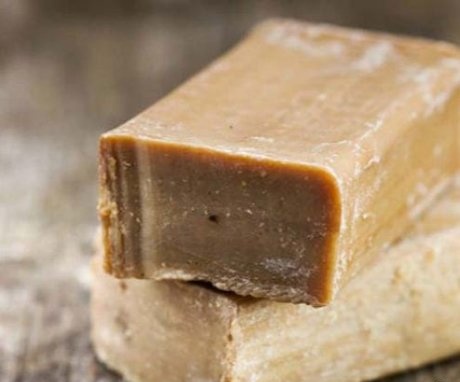

We treat grapes only with biological preparations, for example, Fitosporin. Frequency of processing, every 10 days. In addition, depending on the disease, we treat the grapes with tar soap, or milk whey.